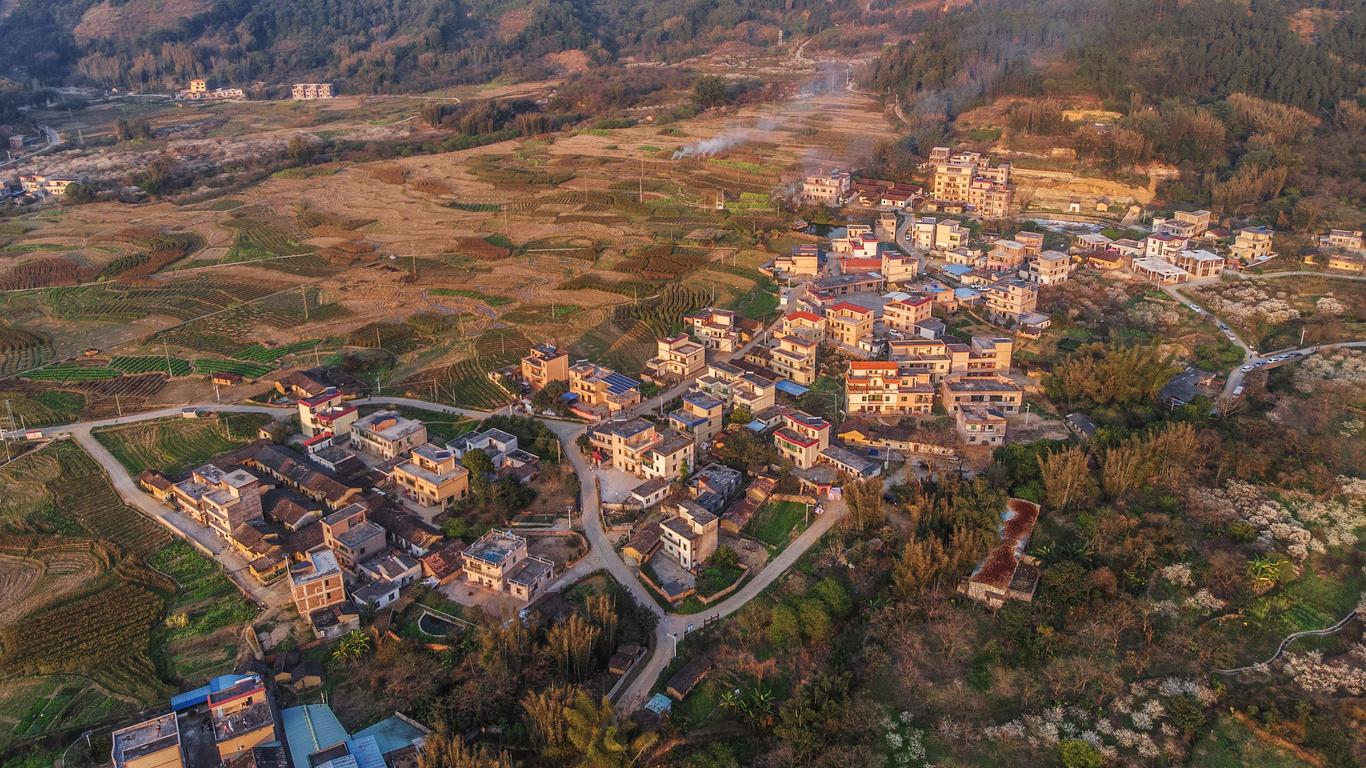Located around 30 kilometres north of the city centre, Guangzhou Baiyun International Airport is the newly-built traffic hub for the capital of Guangdong Province. It was opened in 2004 to replace the old airport of the same, with “white cloud”, or Baiyun Mountain, sharing the district in which it is located.
Guangzhou Baiyun International Airport is one of China’s busiest in terms of both passenger and cargo traffic and serves as a major hub for China Southern Airlines, Hainan Airlines, Shenzhen Airlines, low-cost carrier 9 Air and FedEx Express. Its terminal is divided into three areas, the Main Terminal where all check-in counters and most of the retail facilities are located and two concourses, Area A and Area B, which are controlled by individual security checkpoints. Throughout the concourses, boarding gates can be found as well as baggage claim, immigration and customs facilities. Eateries serving both Chinese and international cuisine are located throughout the airport, together with shops selling souvenirs, travel items and duty-free goods. East Pier 1 and 2 are dedicated to international flights, including destinations across Asia, Africa, Australia and Europe, while the rest of Area A and B serve domestic flights across China. Guangzhou Baiyun International Airport operates across three runways, although the most recently built runway can only be used for landing as its flight path crosses that of nearby Foshan Shadi Airport.
Guangzhou Baiyun International Airport is connected along the Guangzhou Metro from Airport South Station, in addition to numerous Airport Express buses. There are intra-city bus services to Dongguan, Foshan, Zhongshan, Huizhou and Jiangmen, and connections available to the major transportation hubs at Tianhe Coach Station and Guangzhou North Station for those travelling further afield.
When the new airport opened on August 5, 2004, it replaced the previous Guangzhou Baiyun International Airport which was suffering from overcrowding and dilapidation. The new airport wasn’t restricted to the curfews which applied to the old facility, allowing it to operate 24 hours a day and enabling the expansion of its intercontinental routes with night arrivals and departures.





